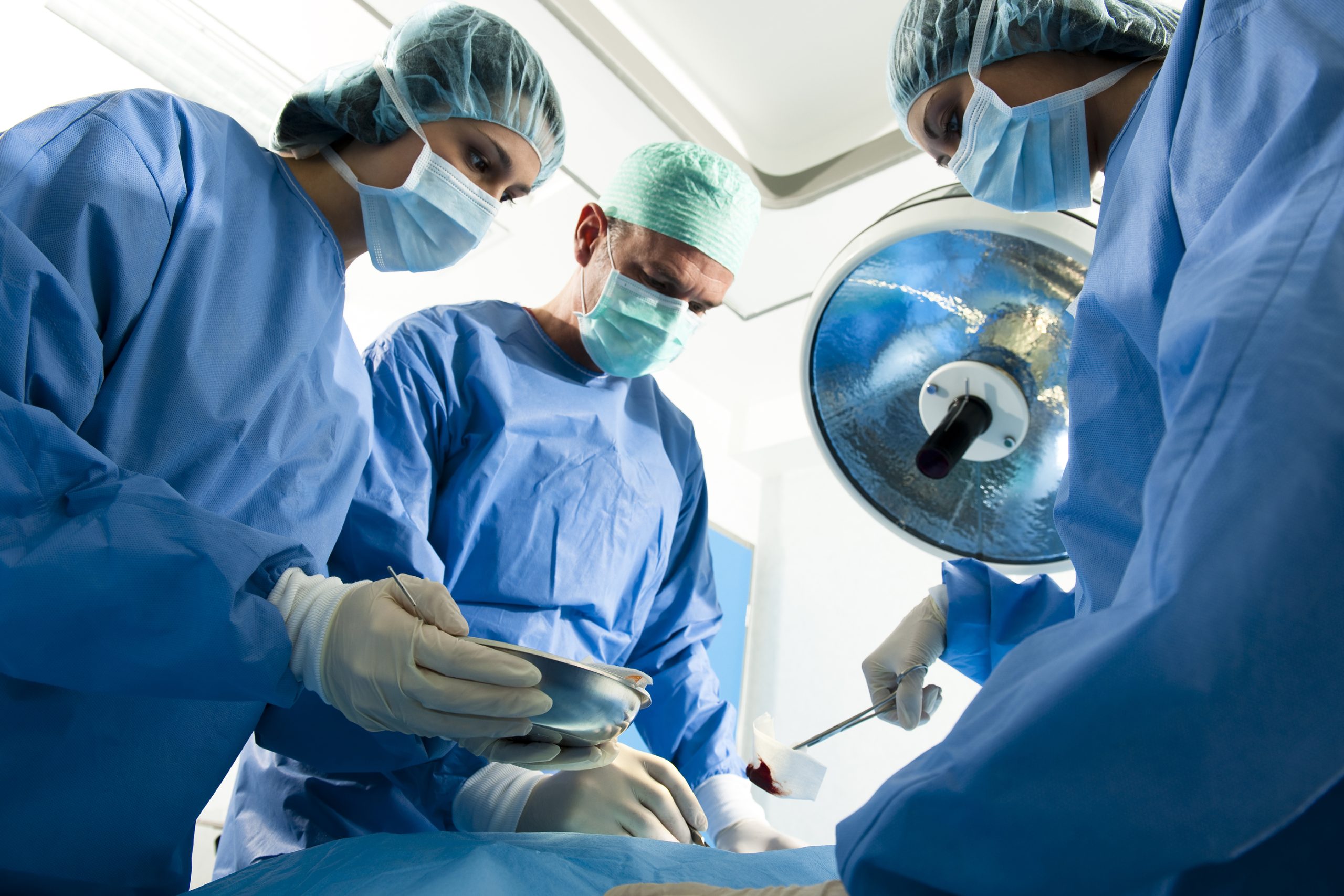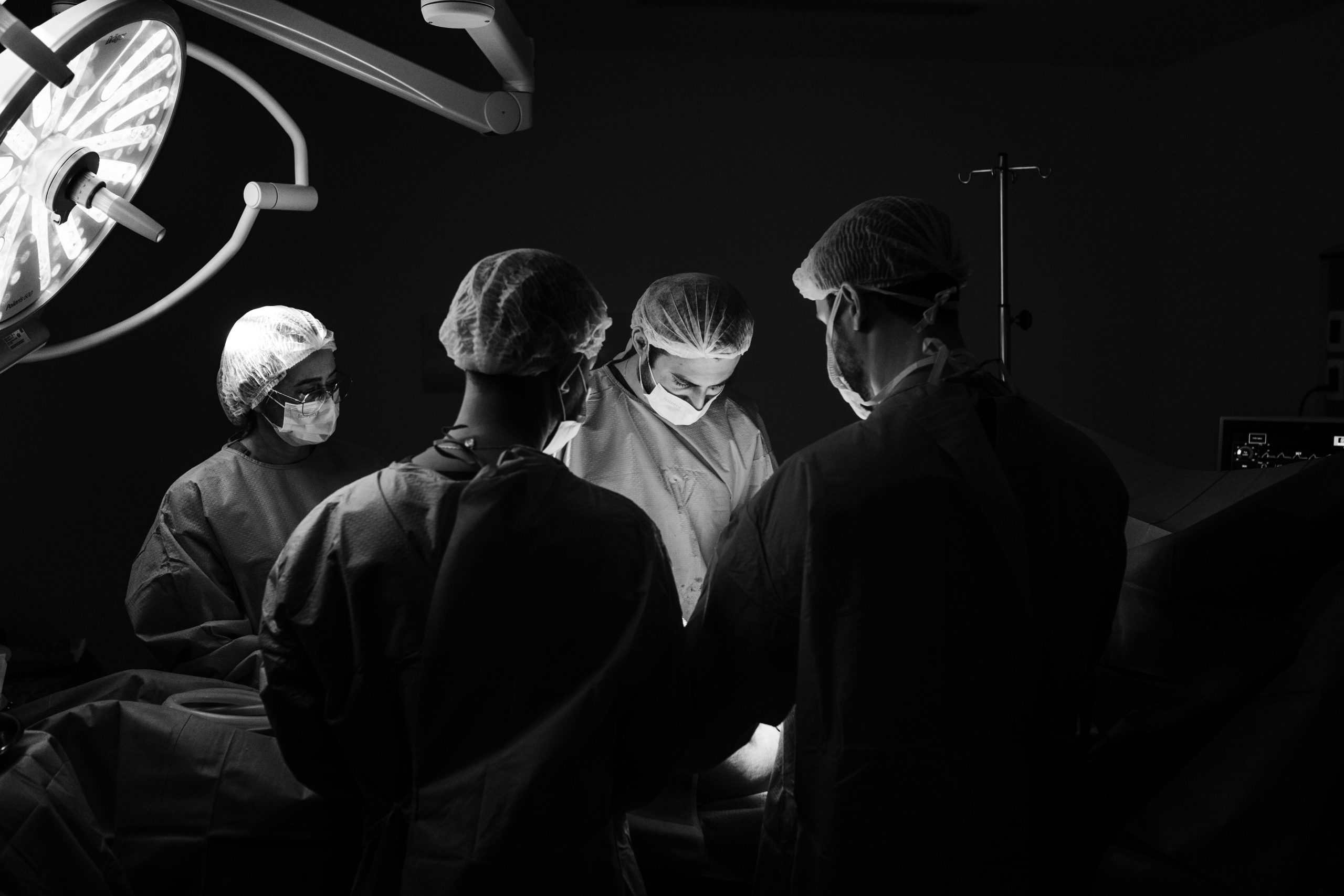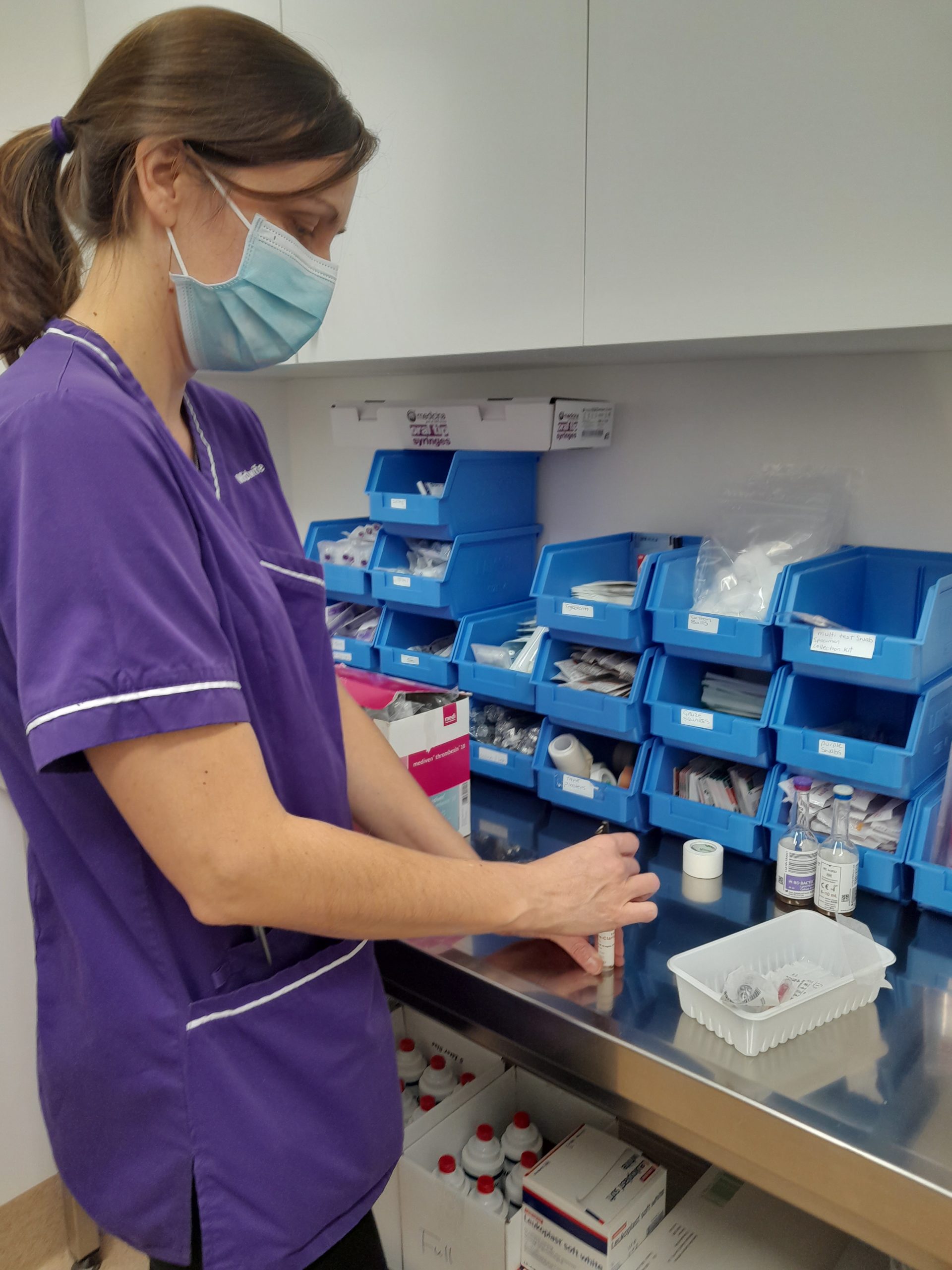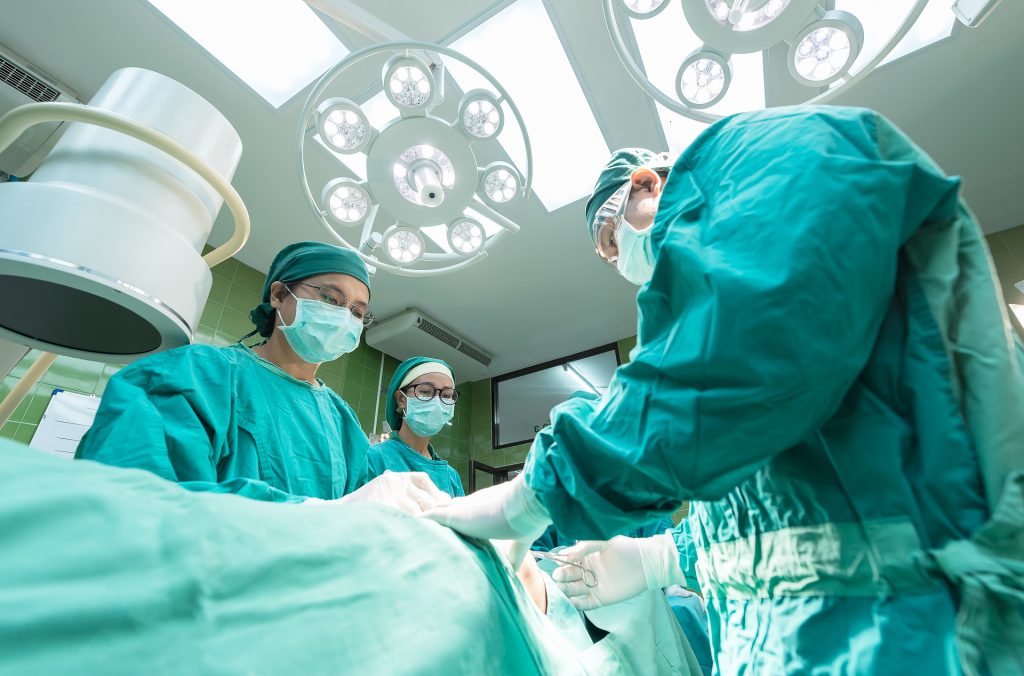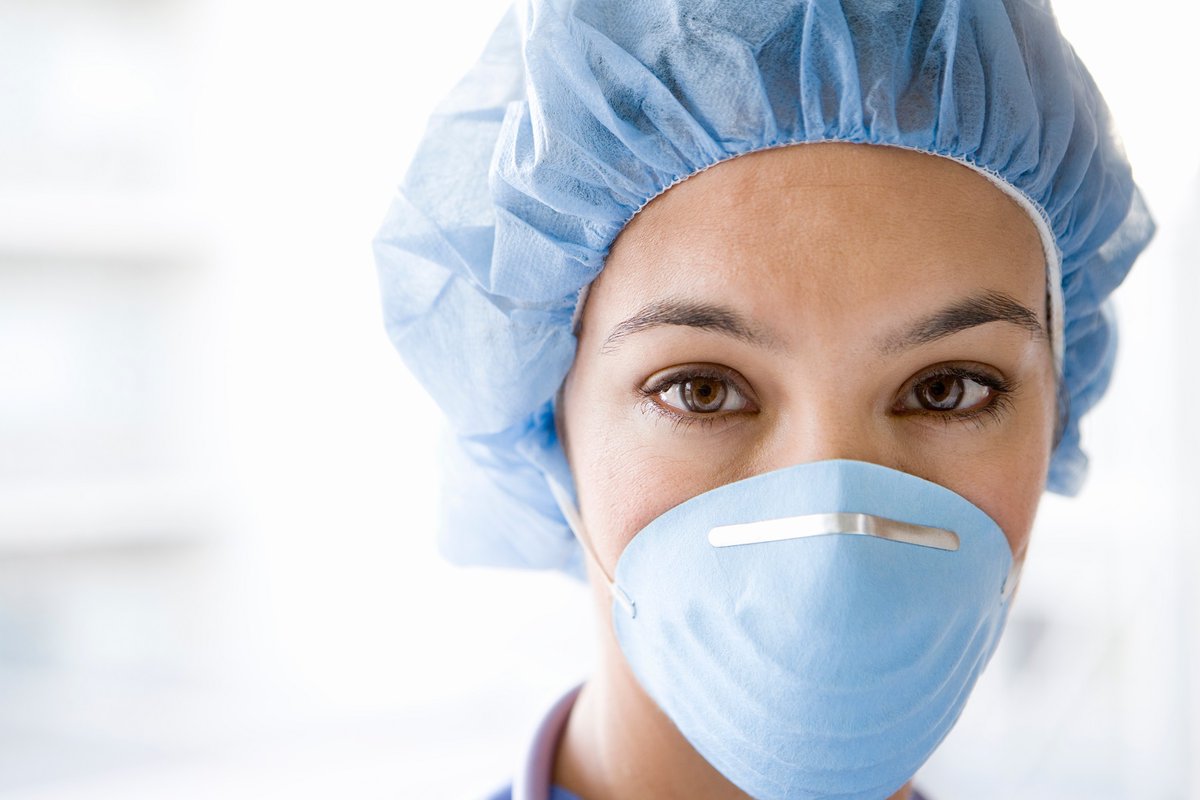The Association of periOperative Registered Nurses (AORN) have recently updated the guidelines for sharps safety. Due to the high-risk environment for exposure to bloodborne pathogens in perioperative settings, sharps safety is considered a high priority. This includes consideration for standard precautions, health care worker immunization protocols, postexposure treatment, and management of health care workers infected with …
Continue reading<span class="screen-reader-text"> "Updated Sharps Safety Guidelines"</span>


